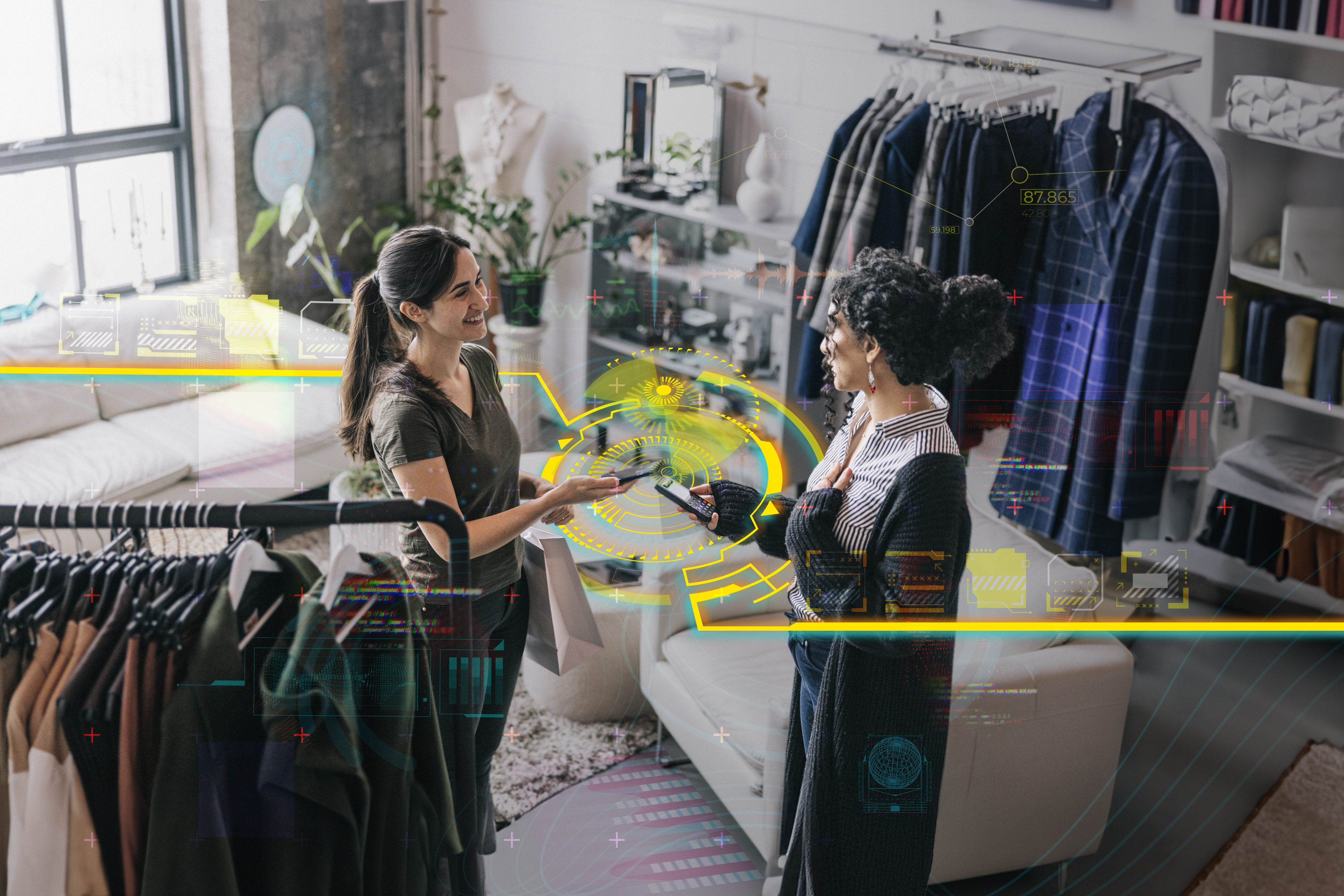EY refers to the global organization, and may refer to one or more, of the member firms of Ernst & Young Global Limited, each of which is a separate legal entity. Ernst & Young Global Limited, a UK company limited by guarantee, does not provide services to clients.
How EY can help
-
Discover how EY's customer engagement services can help your business improve sales & service productivity as well as maximize return on marketing spend.
Read more
Most consumers follow people on social media because of the content they produce, not because they are famous. It’s the micro-influencers, niche experts, and online communities that are driving behavior, not celebrity endorsements – which at their best drive only a macro view of the brand and at their worst are seen as inauthentic.
The product demonstrations and discussions that take place in online social spaces directly impact buying behaviors in ways traditional marketing could never achieve. They give everyone the opportunity to share advice, experiences and reviews. People trust what their favorite influencers say and buy products they recommend.
Many brands have struggled to adjust to this new world, where they have less control over what’s said about them, and where what they want to say can get lost in the noise. However, this is also an opportunity, if they can create a two-way conversation with the consumer to help shape their own innovation and engagement strategies.
Those that are skilled at listening to the flow of information, and know how and when to best participate, can gather priceless feedback about their brands and what might improve them.
Influencing future consumption choices
CP companies that want to become consumer-centric must create an authentic and effective relationship with the influencer economy. Most are investing in building these relationships, but they need to be cautious about how they select and manage influencers, and how they monitor their performance. Who is the best fit for the brand, its values, and the aspirations of its target audience?
Brands can maximize their return on marketing spend by engaging with a greater number of micro-influencers and the platforms they use, rather than committing to relatively few individuals. But with a larger group, there’s more risk. Companies need to manage influencer performance at a new and detailed level, to measure the impact they have on the brand and purchases.







